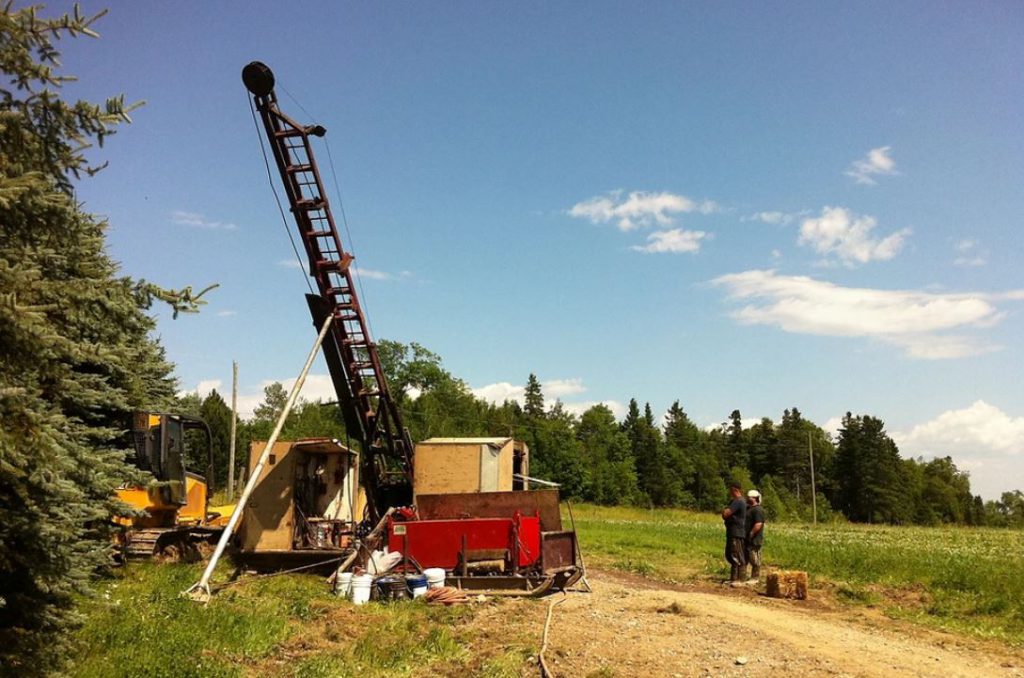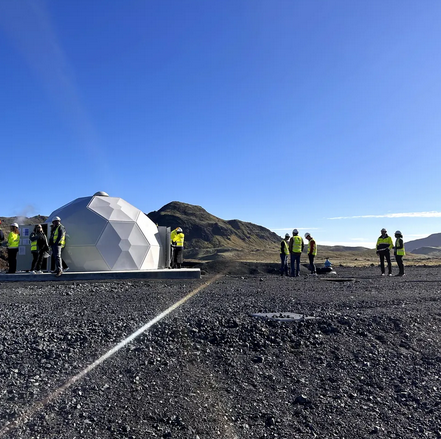Sumitomo to spend big to boost output of nickel, battery materials

Sumitomo Metal Mining Co Ltd (SMM) said on Tuesday it will triple its capital expenditure over the next three years to boost its output capacity of nickel and cathode materials used in batteries.
The Japanese miner and smelter plans to spend 494 billion yen ($4.3 billion) in capital expenditure, excluding investment and lending, in the next three years, up from 164 billion yen spent last three years.
“Our long-term goal to become a global leader in nonferrous metals remains unchanged,” President Akira Nozaki told a news conference on a new three-year business plan through March 2025.
“We also want to maintain a leading position in nickel-based cathode materials market by expanding production capacity,” Nozaki said.
Using some of the funds, SMM, which also makes electrical materials, plans to boost its monthly output capacity of cathode materials for rechargeable batteries used in electric vehicles to 10,000 tonnes by end-March 2028 and 15,000 tonnes by end-March 2031 from nearly 5,000 tonnes now to meet burgeoning demand.
SMM supplies the nickel-cobalt-aluminium (NCA) cathode materials used in Panasonic Corp’s lithium-ion battery that powers Tesla Inc’s Model 3 and Model X cars.
To secure nickel, SMM wants to make an investment decision on the Pomalaa nickel project in Indonesia “as early as possible,” Nozaki said. He also said the project aims to start production in late-2020s with a capacity of about 40,000 tonnes of mixed sulphide nickel. SMM’s local partner in the project is PT Vale Indonesia.
In Chile, the Quebrada Blanca 2 copper project is due to launch production later 2022. SMM’s copper output through its shareholding in the project is expected to reach 270,000 tonnes in the year to end-March 2025 from 230,000 tonnes this year.
The Cote gold project in Canada, in which SMM has a stake, is scheduled to begin production in the first half of 2023.
It will also spend another 109 billion yen in investment and lending for the next three years.
Despite the ambitious investment plan, SMM expects its net profit to fall to 118 billion yen in the year to end-March 2025, from an expected 248 billion yen for this year due to lower metals prices.
($1 = 115.6400 yen)
(By Yuka Obayashi; Editing by Jane Merriman)
More News
PDAC Video: Blue Lagoon preps for July gold production start in British Columbia
April 11, 2025 | 02:46 pm
Manganese X poised to begin pre-feasibility study at Battery Hill
April 11, 2025 | 02:39 pm
{{ commodity.name }}
{{ post.title }}
{{ post.date }}




Comments